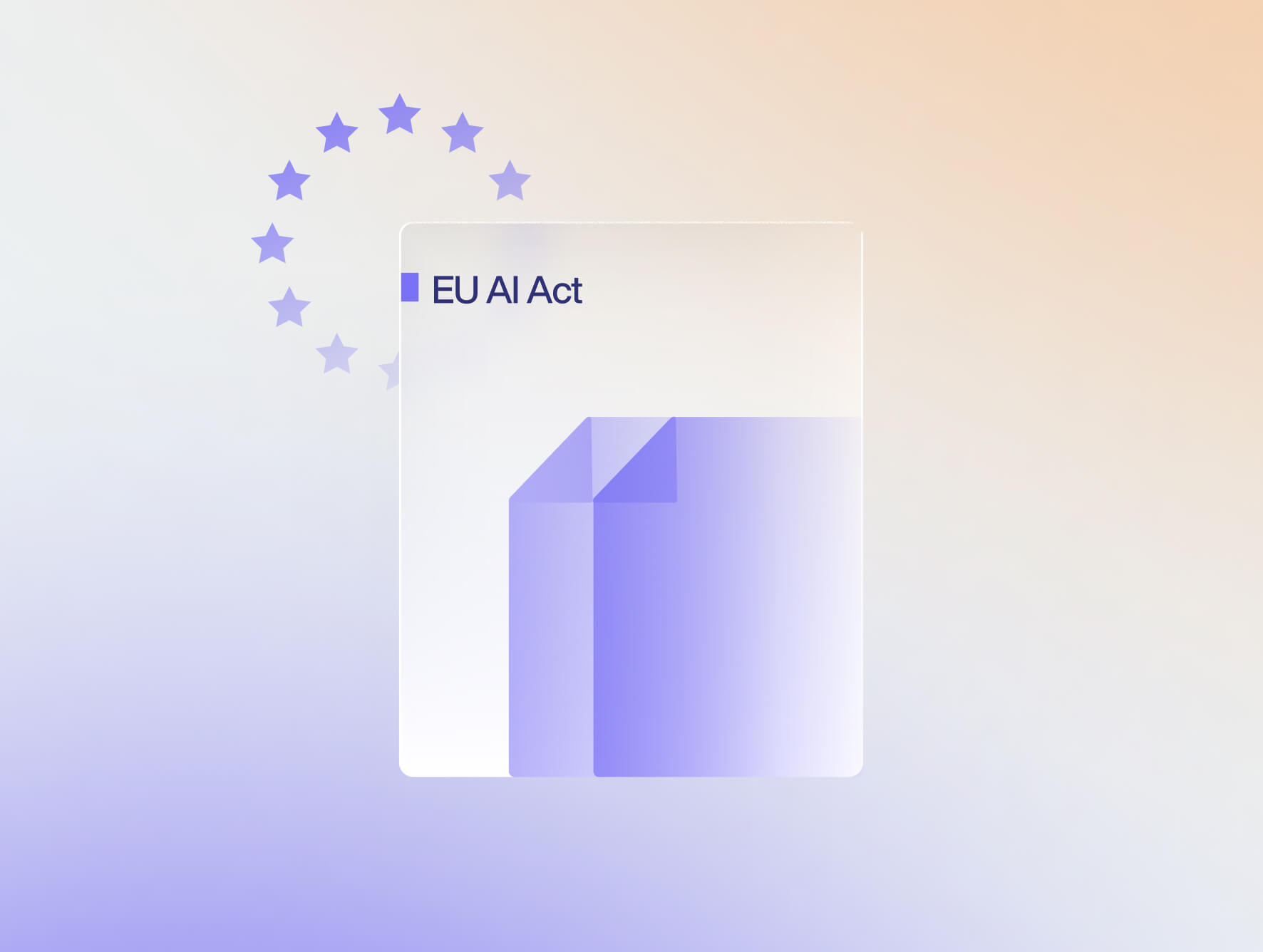Introduction
Portugal’s Law 60/2018 aims to reduce gender-based pay discrimination in its workforce. Effective in 2019, the Law requires private and public organizations with more than 50 employees to comply with pay data reporting requirements.
The government annually publishes detailed gender pay gap data, by economic activity sector and at the individual company level.
Portugal reporting requirements
Who needs to report?
All private and public sector companies with 50 or more employees.
What to report?
Law 60/2018 introduced the Barometer of the Pay Gap between Women and Men. Applicable employers must submit employee-level pay data for analysis by the Ministry of Labor, Solidarity, and Social Security. The Ministry then publishes detailed information on the gender pay gap broken down as follows:
- Generally and by sector;
- By company, profession, and qualifications.
Women and men are grouped by the same work or work of equal value.
In addition, Portuguese employers are required to implement a transparent pay policy, based on objective and non-discriminatory criteria (for example, seniority).
After the pay data has been submitted, the Ministry has 60 days to inform the employer if an evaluation plan is required to rectify gender-based pay inequities. Companies then have 120 days to prepare and submit the evaluation plan, which must demonstrate either that the pay discrepancies are justified or implement measures to eliminate them over a one-year period.
Law 60/2018 also allows employees or union representatives to request the Portuguese Commission for Equality in Labor and Employment (“CITE”) to investigate potential pay discrimination. If pay discrimination is proven, employers are required to address the pay difference within 180 days.
Where and when to report?
Regulatory filing
Law No.105/2009 already required Portuguese employers to submit pay data to the government annually. Law 60/2018 enables the government to publish gender pay gap information to accompany that data. The Ministry of Labor, Solidarity, and Social Security publishes its pay gap analyses by company on its website.
Evaluation plans are submitted to the Authority for Work Conditions (ACT).
Internal disclosure
Annual pay data must be disclosed to employee representatives.
Deadlines and cadence
Cadence of reporting is annually.
Portugal pay transparency requirements
There are currently no legal requirements for employers to post salary details to applicants or employees in Portugal regarding specific positions.
Employment equity standards
Portuguese employees must receive equal pay for equal work or work of equal value. Work of equal value considers factors including qualifications, experience, responsibilities and workplace conditions. In addition, all workers are entitled to equal access to employment, work, and vocational training in relation to areas including selection criteria, skills development and career progression.
The risks of non-compliance
Enforcement is overseen by the Portuguese Ministry of Labor, Solidarity, and Social Security. Employers that fail to submit an evaluation plan when required are subject to sanctions and may be prohibited from bidding on public contracts.
How can Trusaic assist with Portugal Pay Data & Evaluation Plan Reporting compliance?
1. Comply – Use RAPTR™ to complete required reporting by compliance deadlines.
Stay ahead of evolving regulations with Trusaic’s Regulatory Pay Transparency Reporting™ solution, designed to help you determine applicability, meet deadlines, and submit compliant reports across EU jurisdictions with the click of a button.
Our Pay Equity Software Suite ensures your pay systems are legally defensible, gender-neutral, and future-proof — automating complex reporting and enabling GDPR-compliant data sharing through certified integrations with major HCM platforms.
2. Correct – Use PayParity® to understand, explain and resolve pay disparities.
Use PayParity to identify, explain, and resolve pay disparities across gender, race, age, and more. Whether you’re conducting proactive assessments or responding to compliance triggers like the EU Directive’s Joint Pay Assessment requirement, PayParity delivers defensible, data-driven insights. Our Remediation Optimization Spend Agent (R.O.S.A.) works as PayParity’s AI remediation partner to ensure you lower your pay gap below 5% while maximizing the ROI of your remediation budget.
3. Communicate – Use the Pay Equity Product Suite to communicate narratives and share salary ranges with confidence.
Comply confidently with the EU Directive’s pay range transparency mandates using Trusaic’s Salary Range Finder, which provides data-driven guidance for equitable pay ranges that can be shared with candidates and employees.
Our Pay Transparency Agent answers reporting questions instantly, and our Communications Agent crafts context-specific narratives — in any language — to support your public disclosures and internal communications.
How to prepare to comply for the EU Directive
The EU Pay Transparency Directive was approved in 2023, establishing a clear framework for EU member states to apply the principle of equal pay for equal work or work of equal value.
EU member states have three years from June 7, 2023 to transpose the directive into law. Likely implementation dates are 2026, however, some countries may enact legislation earlier. All 27 member states are required to adopt the directive.
Employers operating in EU member states can take several preliminary steps to ensure compliance with the upcoming legislation. The EU Directive includes a requirement for a Joint Pay Assessment where pay gaps are higher than 5%. The Belgian pay gap currently hovers around 5% and is mostly negligible among workers under the age 25.
However, the gap widens significantly more for workers aged 44 and older. Trusaic is GDPR compliant and can assist any organization in any EU state in meeting its obligations under both the EU Corporate Sustainability Reporting Directive and the EU Pay Transparency Directive.








